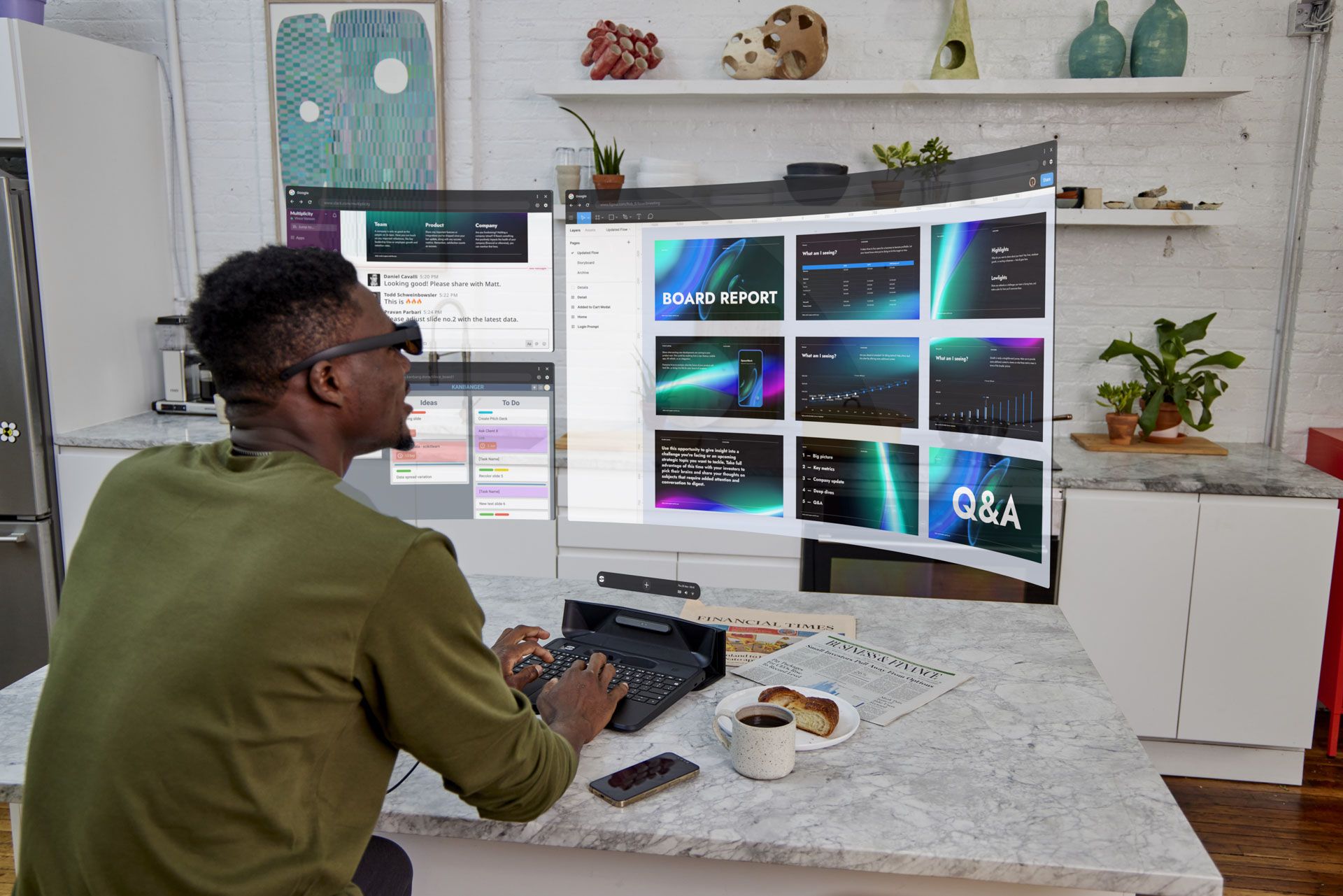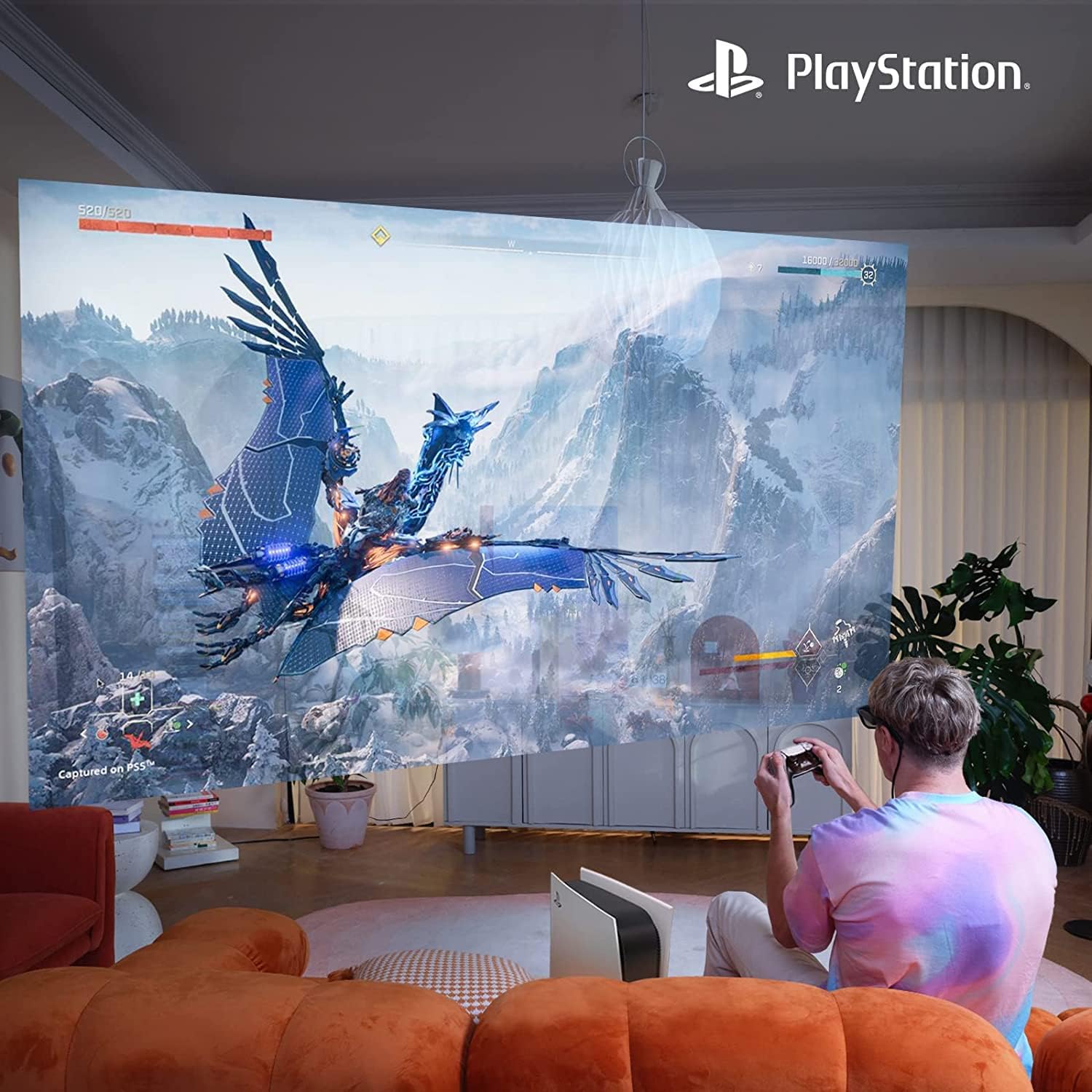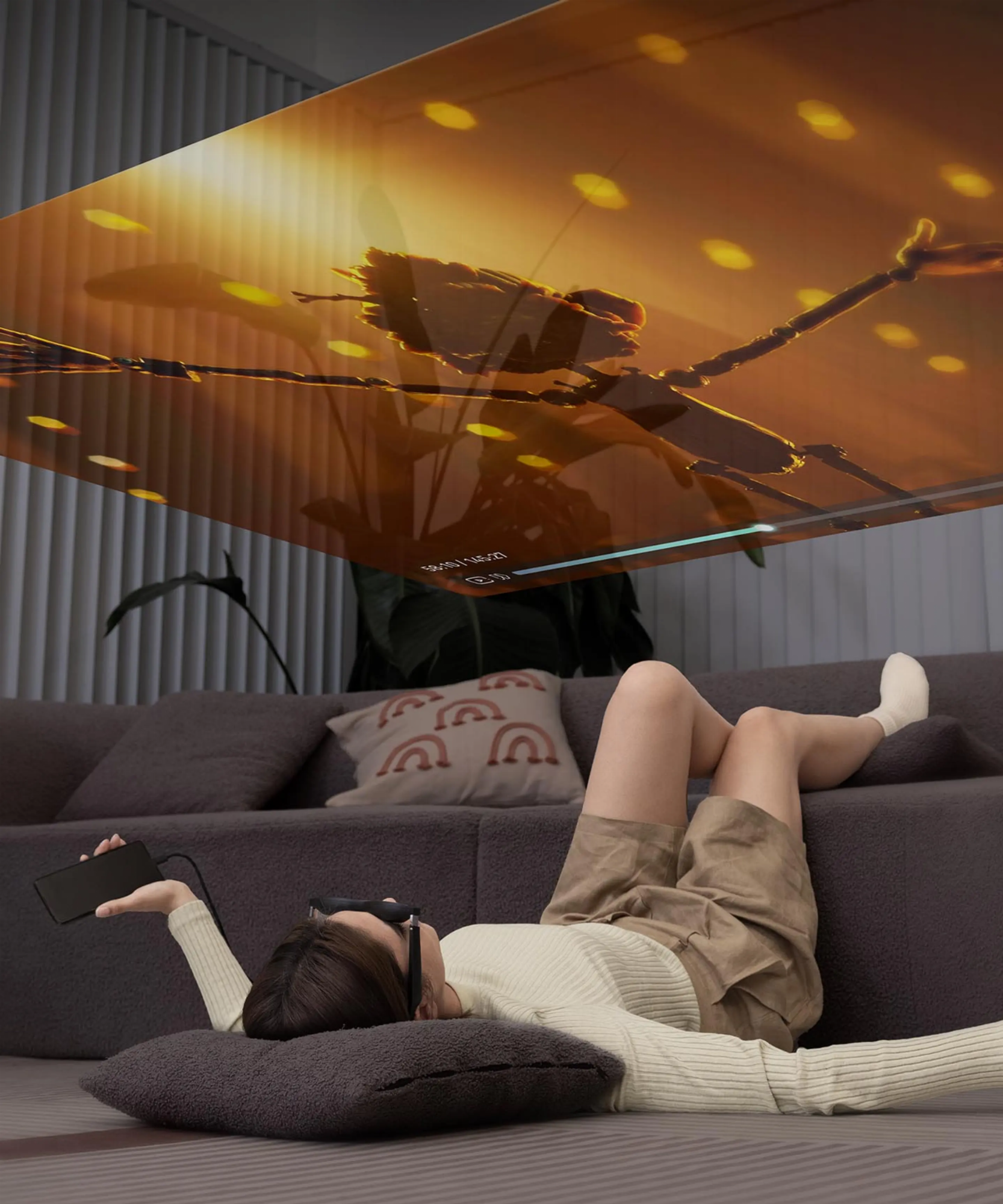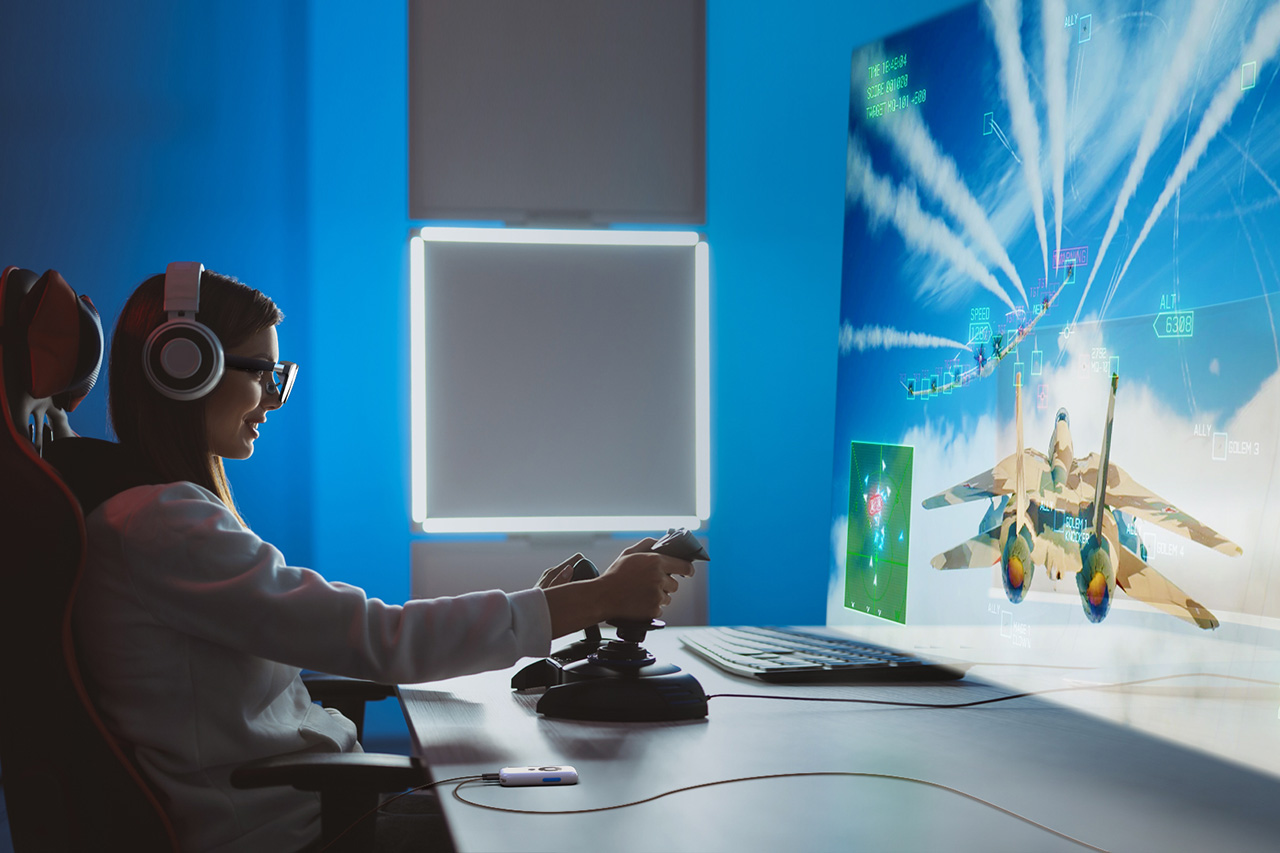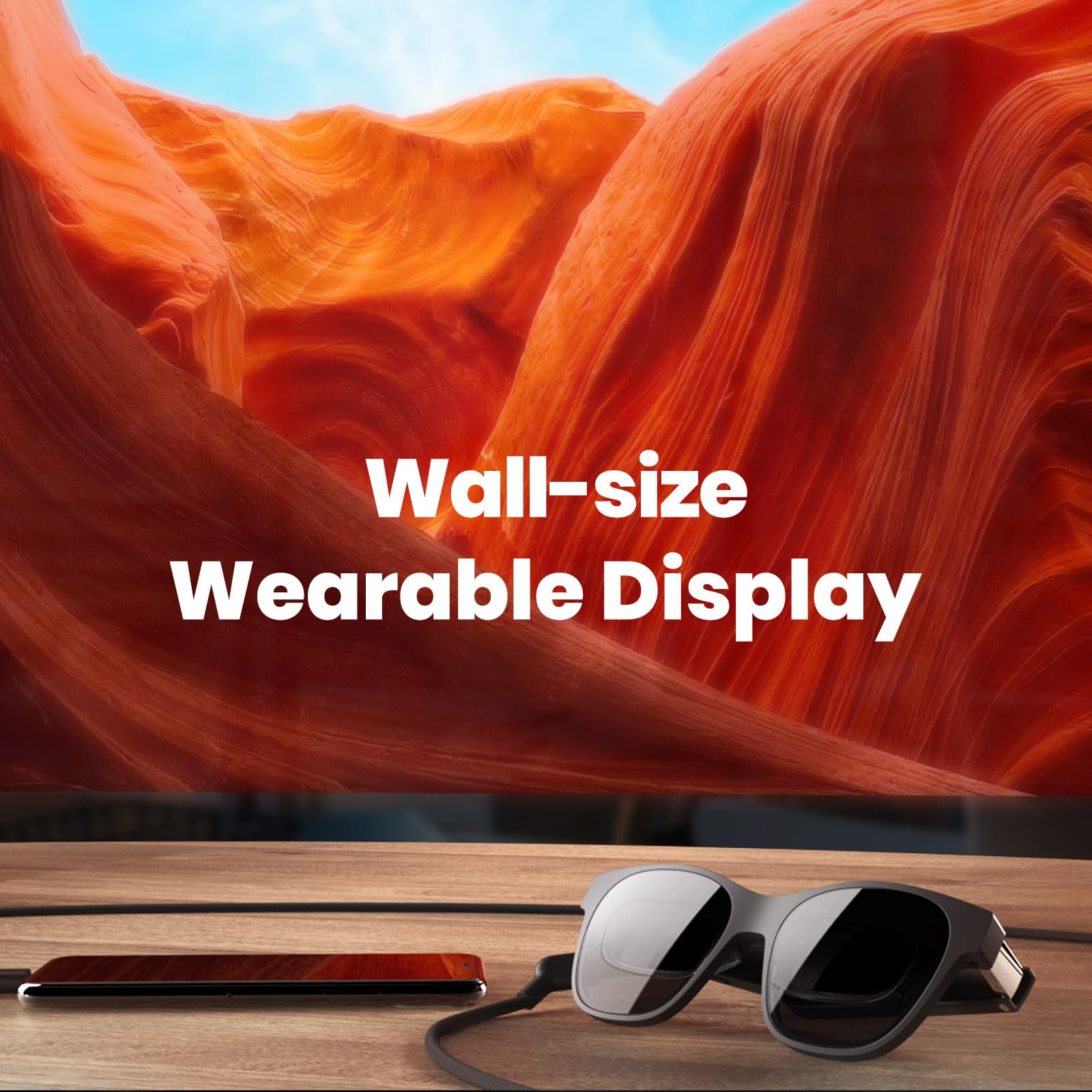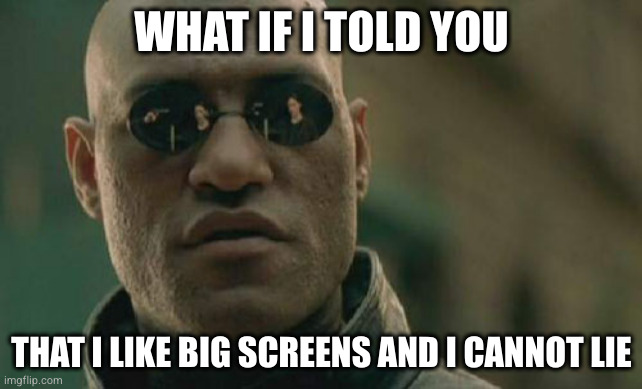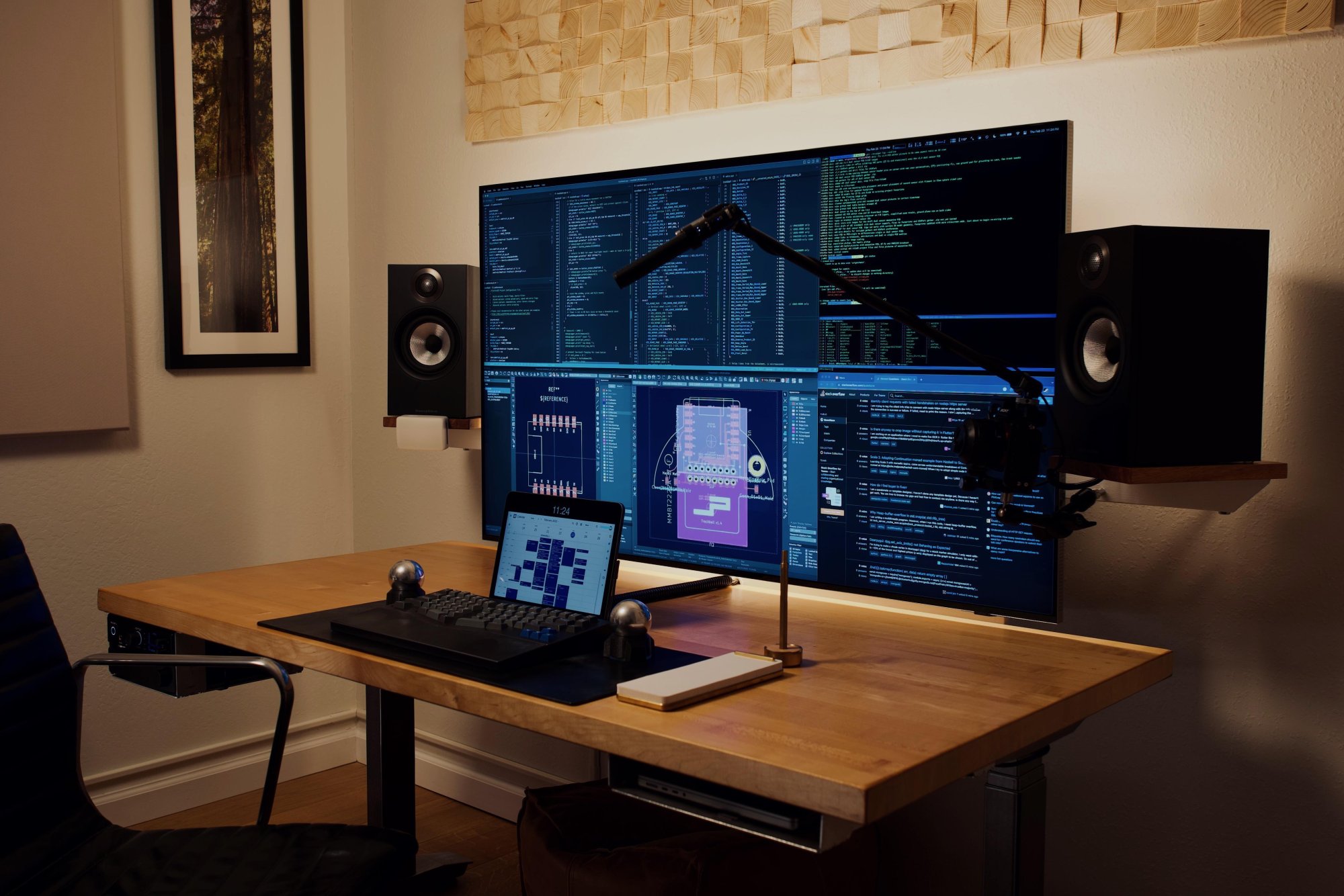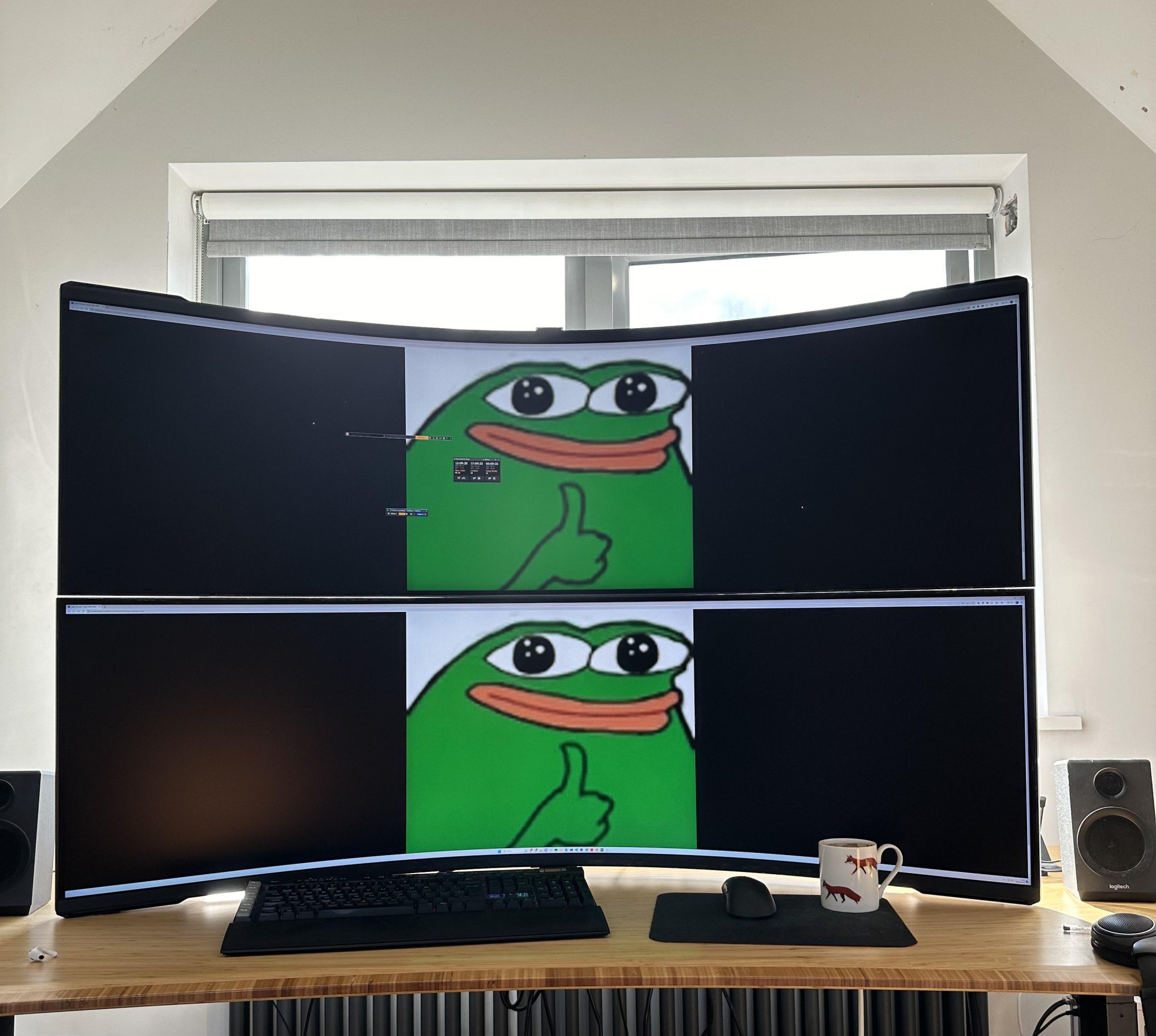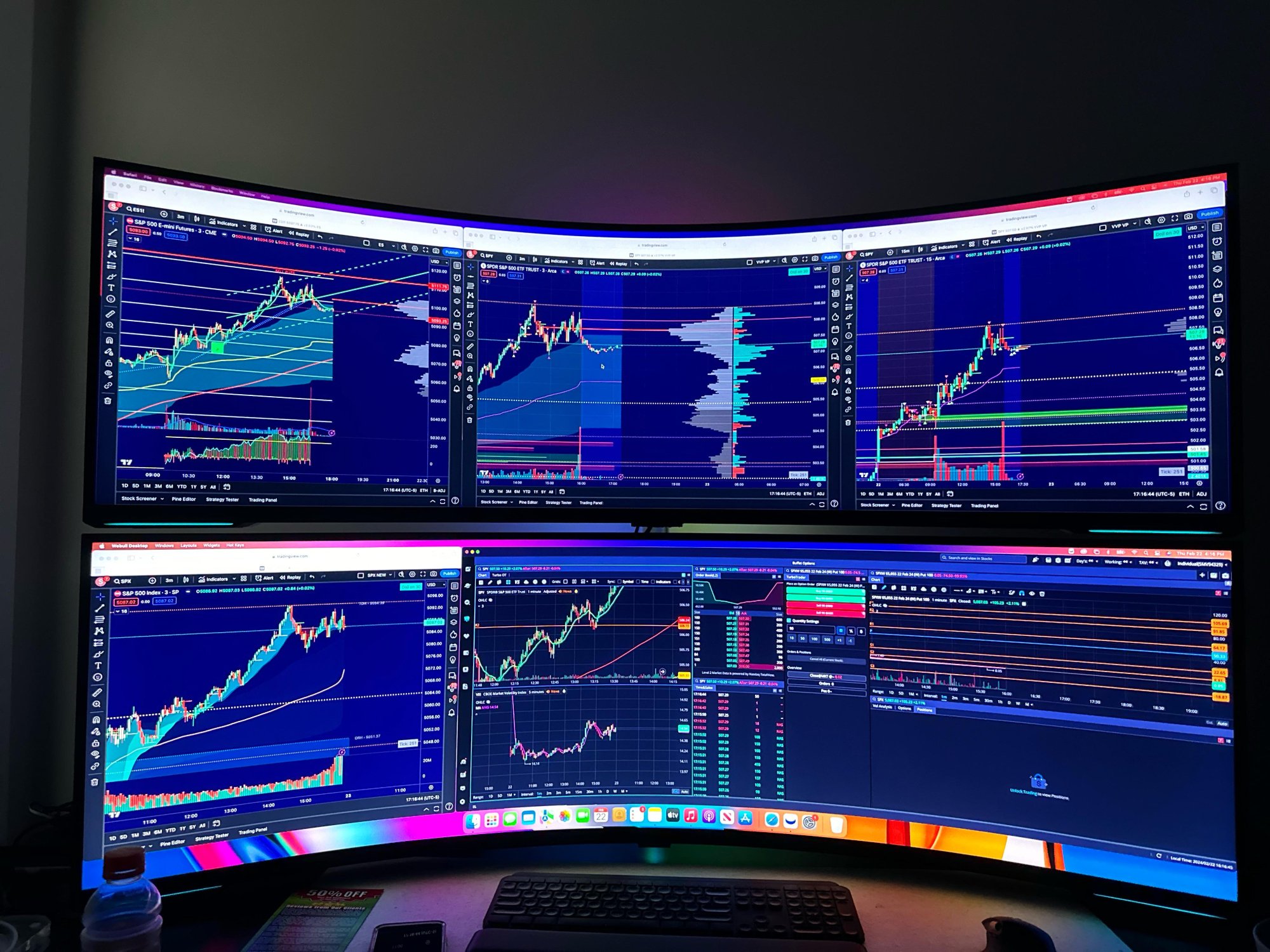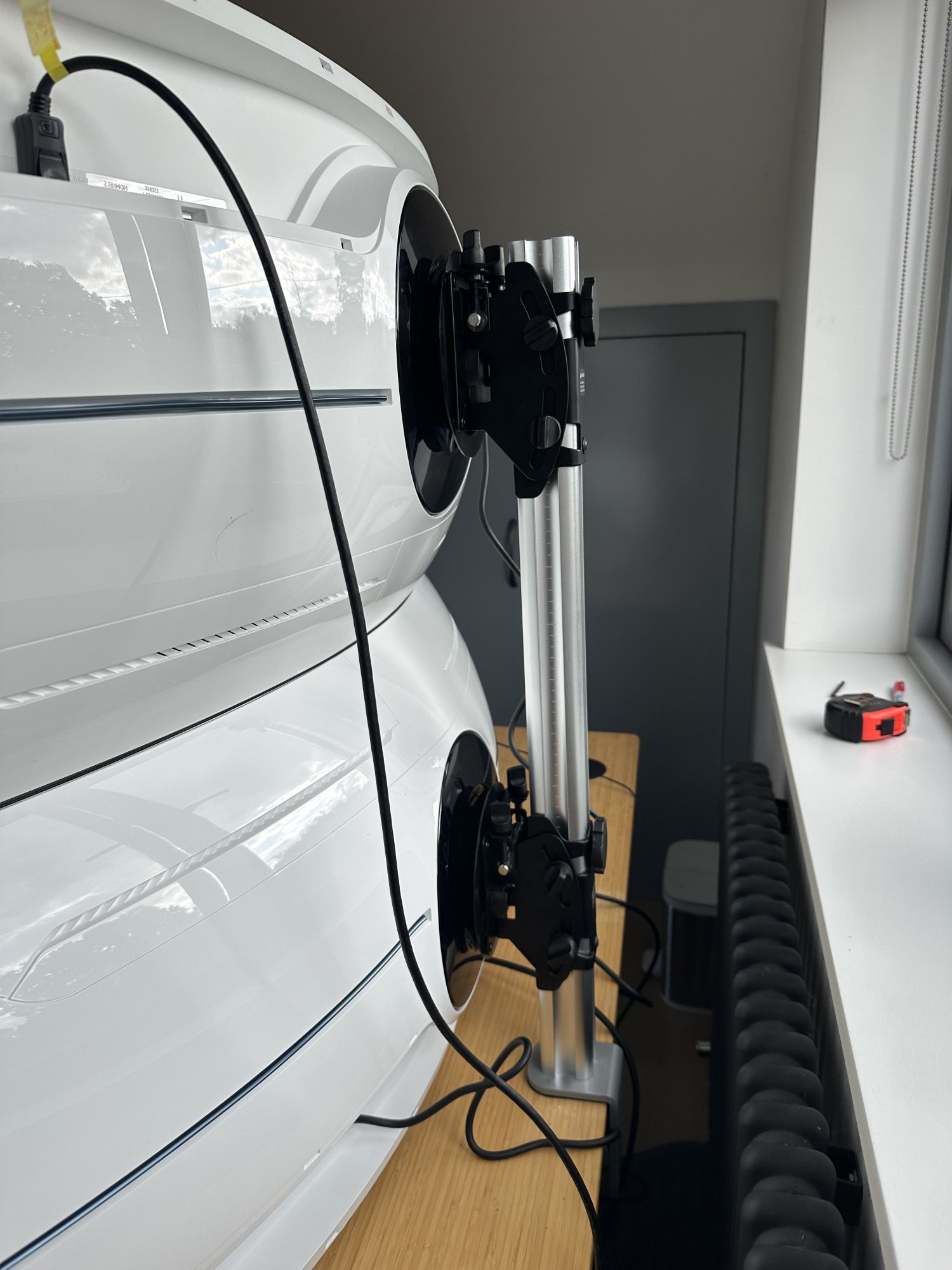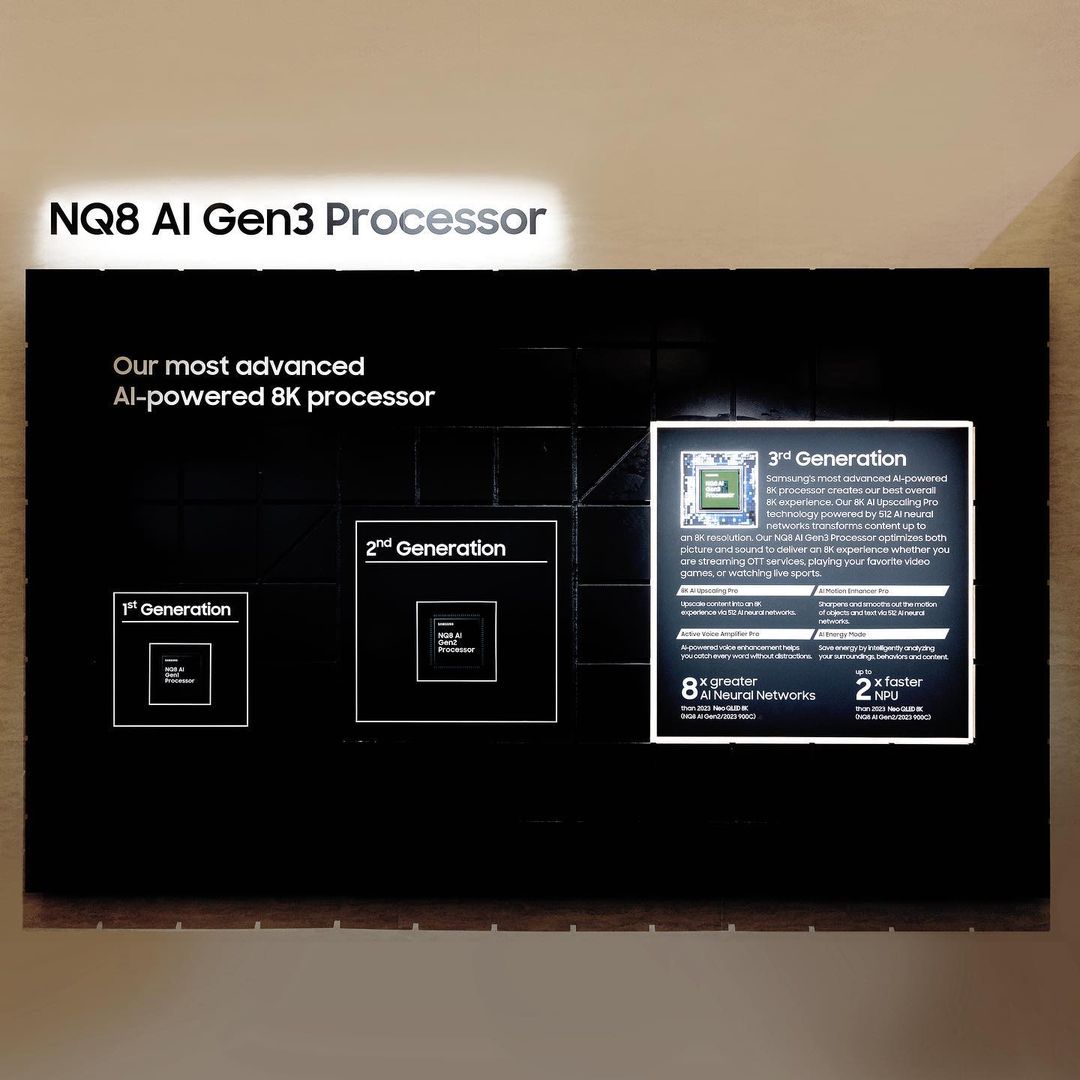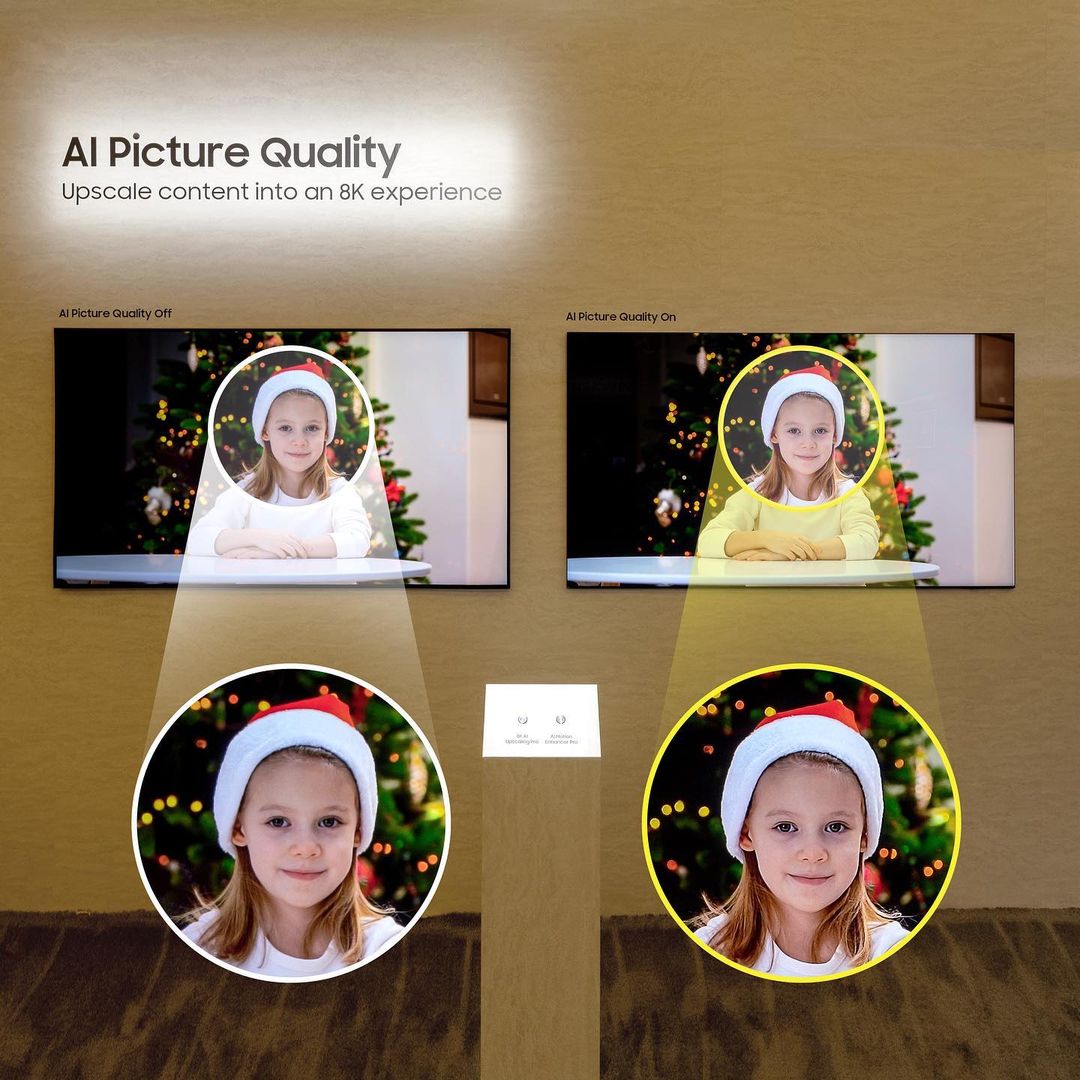Armenius
Extremely [H]
- Joined
- Jan 28, 2014
- Messages
- 42,162
I was going by SMPTE, not THX, but I entered 88" instead of 77". SMPTE 30 for a 77" screen is 10.4'.http://www.hometheaterengineering.com/viewingdistancecalculator.html
According to this the recommended THX viewing distance for 77 inches is 8.5 feet, not 12. 8-8.5 been consistent with my preference of getting to a 35-40 degree viewing angle.
At that distance it's very easy to spot a 4k versus 8k difference side by side if they're both playing native content for their respective resolution. I could personally see a difference back to about 11-12 feet as I had this exact scenario in a Best Buy. I'd say for most people it may be that 8-9 foot range.
People always put these supposedly scientific statements about what PPI can be perceived according to some chart a guy did from a one time vision study, and to me, they're BS and rarely align with real world experience.
![[H]ard|Forum](/styles/hardforum/xenforo/logo_dark.png)
